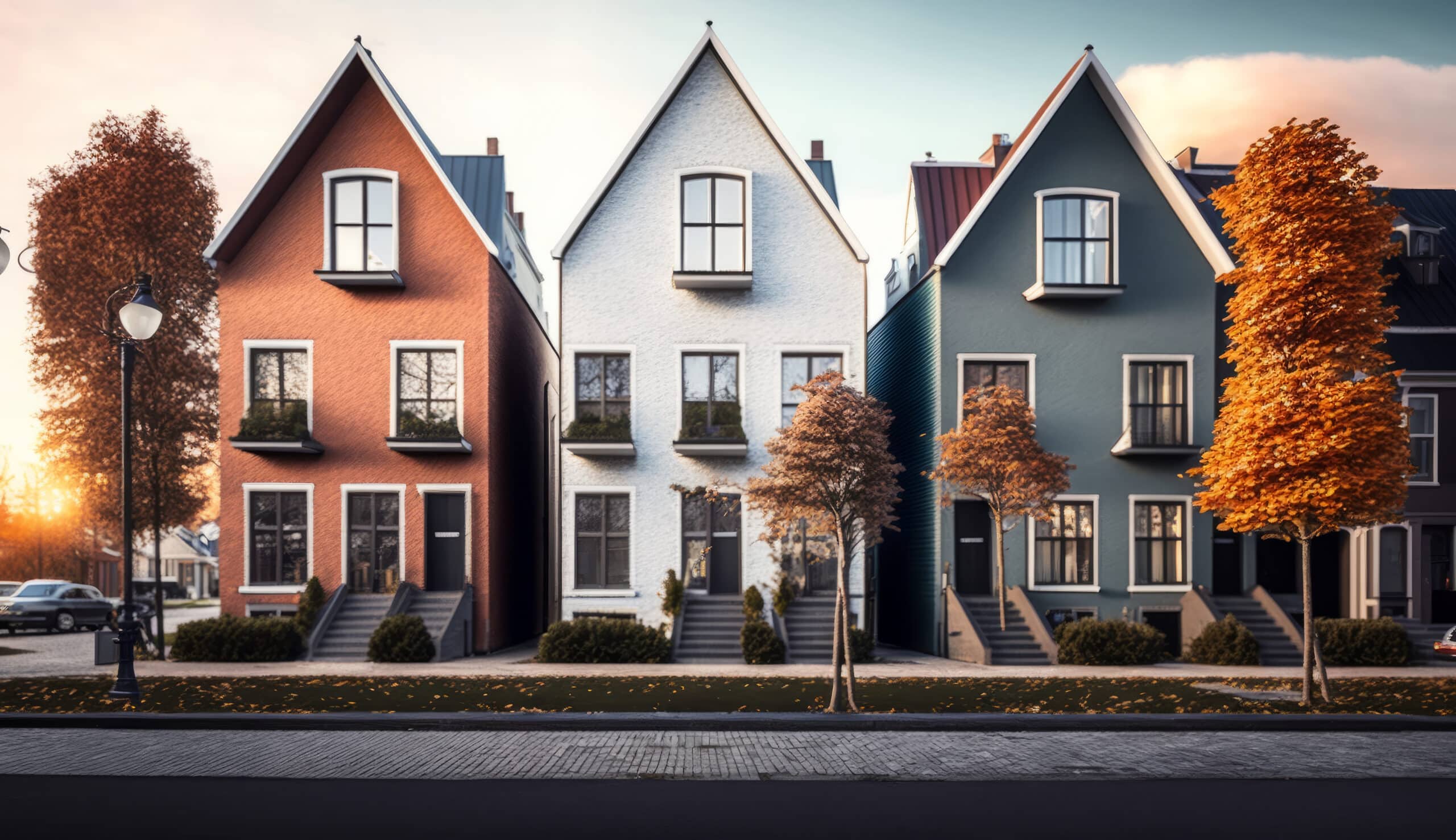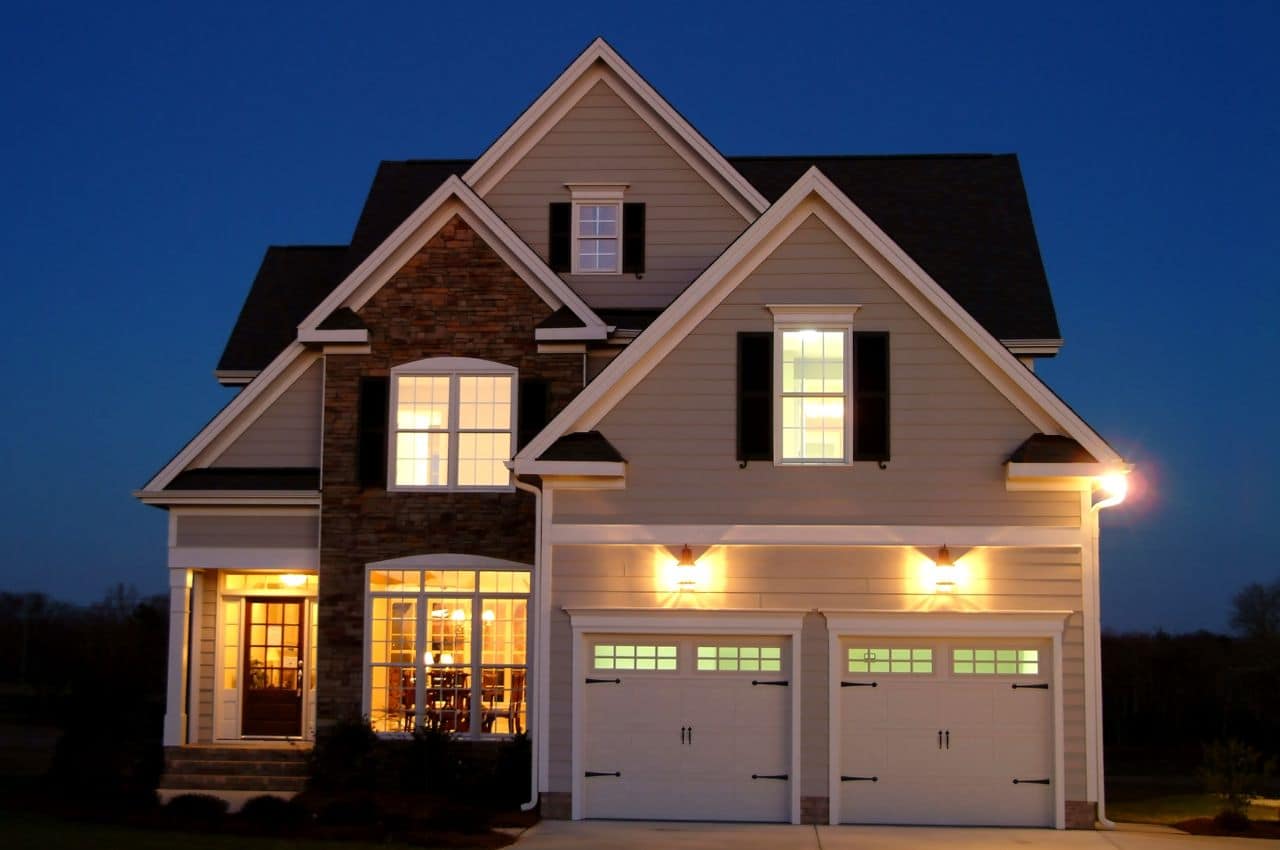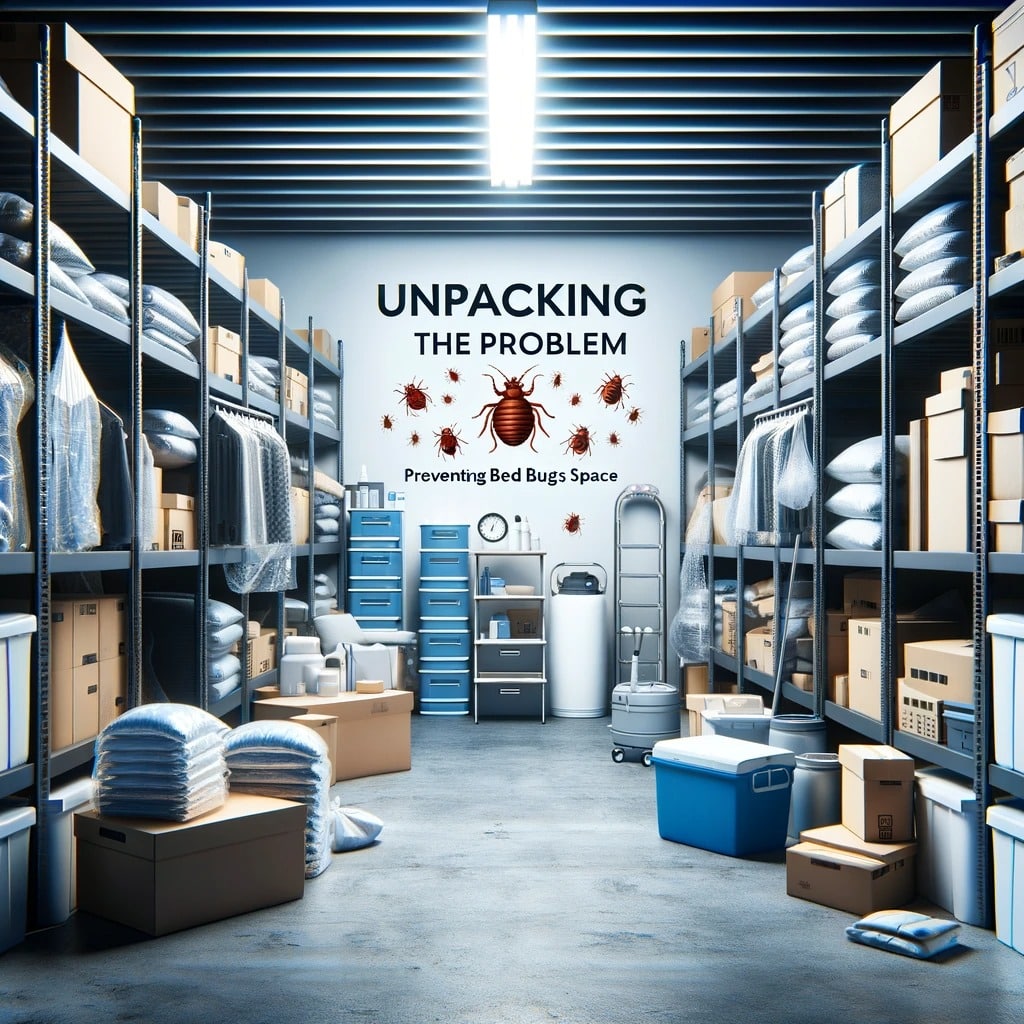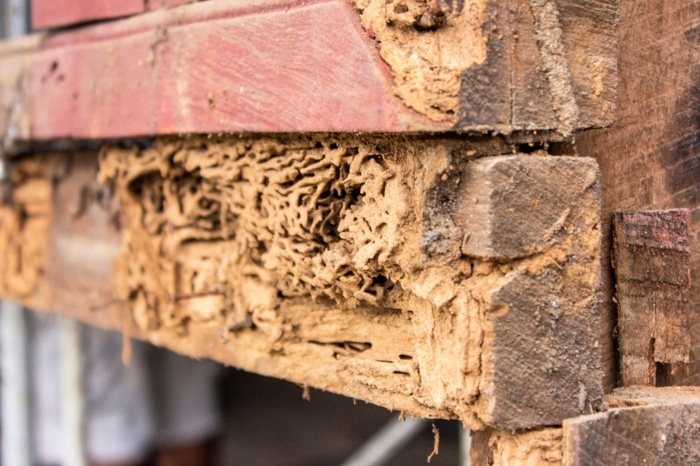Discovering pests within the confines of your property can unsettle even the most seasoned property manager. These unwelcome visitors not only pose health risks but also can significantly damage property infrastructure, leading to costly repairs and, more critically, eroding the trust and satisfaction of tenants. In an era where the well-being and safety of occupants are paramount, leveraging an effective pest control system becomes essential. This guide delves into the world of modern pest control, offering insights into optimising your property’s safety through innovative and traditional methods alike.
Understanding Pest Control Systems
A comprehensive pest control system encompasses a series of strategies and technologies designed to prevent, deter, and eliminate pests. These systems go beyond mere reactive measures, incorporating preventive solutions that safeguard properties against potential infestations. Effective pest control systems are multifaceted, combining physical, chemical, and biological methods tailored to the specific needs of a property. They are essential for maintaining a clean, safe living environment, preventing damage to the property, and ensuring tenant satisfaction and well-being.
The implementation of a pest control system involves not just the application of treatments but also a thorough understanding of pest behaviour, potential entry points, and conditions conducive to infestations. Property managers must remain vigilant, adopting a proactive approach to pest management that includes regular inspections, timely interventions, and ongoing education for staff and tenants about minimising pest attractants.
Pest Control System in Walls
In-wall pest control systems represent a significant advancement in the field, offering a discreet yet effective method for managing pests. These systems involve the installation of tubing within the walls of a building, through which pest control agents can be distributed. This method targets pests where they live and breed, providing a barrier that keeps them from entering living spaces. In-wall systems are especially advantageous because they allow for the treatment of pests without requiring direct access to the interior of tenant spaces, minimising disruption and maintaining the aesthetic integrity of the property.
The benefits of in-wall pest control systems are numerous. They provide continuous protection against pests, are less intrusive than traditional methods, and can be tailored to target specific pests more effectively. Furthermore, because treatments are contained within the walls, there’s a reduced risk of exposure to chemicals for tenants, making this approach safer and more environmentally friendly.
Built-In Pest Control System
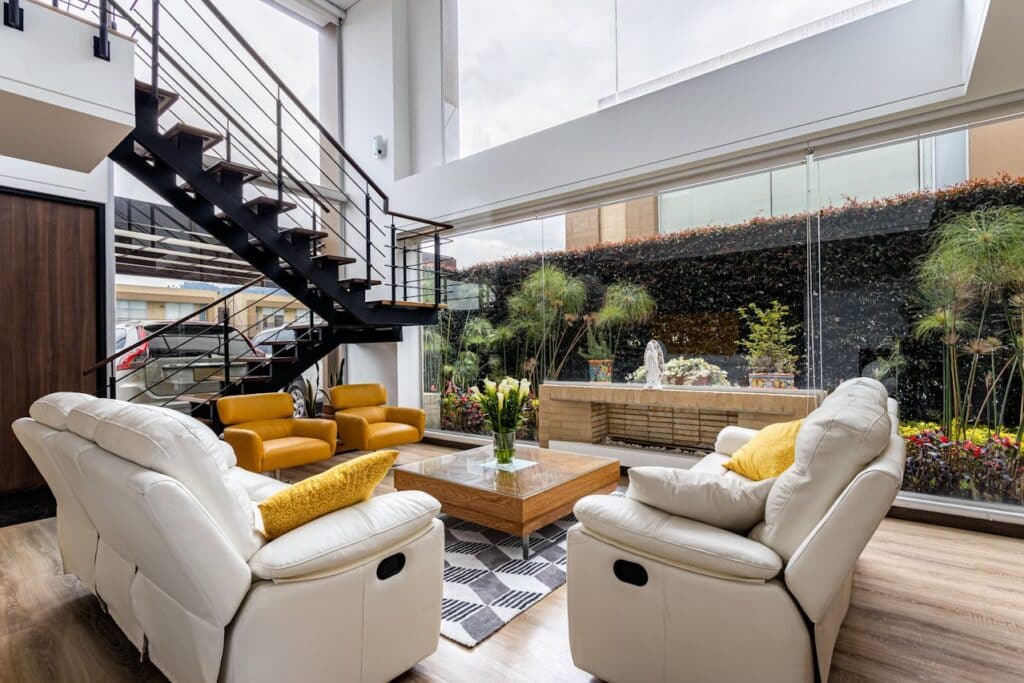
Built-in pest control technologies take the concept of in-wall systems further by integrating pest management solutions directly into the structure of a building. These systems can include not just tubing for the distribution of pest control agents but also built-in traps, sensors, and barriers designed to prevent pest entry. The installation of a built-in pest control system is typically done during the construction phase but can also be incorporated into significant renovations.
Comparing built-in systems to traditional pest control methods highlights their efficiency and effectiveness. While traditional methods often react to infestations, built-in systems are designed to prevent them before they start. This proactive approach saves time and resources in the long run, as it reduces the need for frequent treatments and mitigates the risk of significant infestations that can cause extensive damage and tenant dissatisfaction.
Pest Control Solutions
Navigating the array of pest control solutions available to property managers can be daunting. These solutions range from chemical treatments, which include insecticides and rodenticides, to physical methods such as traps and barriers, and biological controls that utilise natural predators or pathogens to manage pest populations. The choice of pest control solution should be informed by the specific needs of the property, considering factors such as the types of pests present, the size and layout of the property, and the preferences and safety of the tenants.
Tailoring pest control solutions to the property involves not just selecting the right methods but also timing treatments effectively and integrating various approaches for comprehensive pest management. For instance, while chemical treatments may provide immediate relief from infestations, incorporating physical barriers can prevent future entries, and biological controls can offer a long-term, sustainable solution to pest problems. This holistic approach ensures the safety and satisfaction of tenants while maintaining the integrity and value of the property.
Pest Tubes in Wall System
The pest tubes in the wall system is a revolutionary approach to managing pests discreetly and effectively. Embedded within the walls, these tubes create a network that allows for the distribution of pest control substances directly into areas where pests are likely to hide, breed, and travel. This targeted delivery system ensures that treatments reach deep into the recesses of the building, areas that are often inaccessible with traditional pest control methods. The beauty of the pest tubes in the wall system lies in its minimal invasiveness; tenants are not disturbed by the sight or smell of chemicals, and treatments can be conducted without entering individual units, maintaining privacy and convenience.
One of the primary benefits of this system is its preventative capability. By treating the internal structure of a building, it acts as a first line of defence against pests, deterring them before they can establish a presence within living spaces. This not only enhances the effectiveness of pest control efforts but also contributes to the long-term maintenance and safety of the property.
Implementing an Effective Pest Control System
For property managers looking to enhance their property’s safety with an effective pest control system, implementation requires careful planning and execution. The first step is a thorough evaluation of the property to identify specific pest vulnerabilities and infestation risks. This assessment should inform the selection of appropriate pest control technologies and methods, such as the decision to install a pest tube in the wall system or to utilise built-in pest control solutions.
Engagement with professional pest control services is crucial for the successful implementation of these systems. Experts can provide valuable insights into the most effective strategies for a given property, oversee the installation of built-in systems, and ensure that any applied treatments are safe and compliant with regulatory standards. Educating tenants about the measures being taken and how they can contribute to a pest-free environment is also essential, fostering a cooperative community effort toward pest management.
Maintenance and Monitoring of Pest Control Systems
The efficacy of any pest control system hinges on regular maintenance and diligent monitoring. For systems like pest tubes in walls, routine checks are necessary to ensure the integrity of the tubing and the consistent delivery of pest control substances. Maintenance activities may include refilling substances, inspecting for any damage to the system, and making necessary adjustments based on observed pest activity.
Monitoring involves keeping a close eye on pest presence and activity levels within the property. This can be facilitated by modern pest management technologies, which often feature sensors and tracking capabilities. By collecting and analysing good data on pest trends, property managers can make informed decisions about when and where to focus pest control efforts, adapting strategies in real time to address emerging challenges.
Evaluating the Effectiveness of Your Pest Control System
Regular evaluation of the pest control system’s performance is critical to ensuring its continued effectiveness and the safety of the property. This involves not only monitoring pest activity but also soliciting feedback from tenants about their experiences and any pest sightings. Such evaluations can reveal insights into the strengths and weaknesses of the current pest management approach, highlighting areas for improvement or adjustment.
Quantitative data analysis can further aid in this assessment, allowing property managers to track reductions in pest activity over time and gauge the impact of specific interventions. If the data indicate that certain strategies are not yielding the desired results, property managers can explore alternative solutions or enhancements to the system, ensuring that the property remains a safe and comfortable environment for all occupants.
Future Trends in Pest Control for Property Management
The pest control industry is on the brink of significant technological evolution, with innovations aimed at making pest management more efficient, less intrusive, and environmentally friendly. Future trends may include further integration of IoT for real-time pest monitoring and control, the development of more sophisticated biological control methods, and the use of artificial intelligence to predict pest outbreaks before they happen. These advancements promise not only to enhance the effectiveness of pest control systems but also to improve the overall sustainability of property management practices.
As these technologies become more accessible, property managers will have unprecedented capabilities to prevent pest infestations, thereby ensuring the safety and satisfaction of their tenants. Staying ahead of these trends and being willing to adopt new technologies will be key for property managers aiming to maintain competitive and desirable properties.
Conclusion
Ensuring the safety and satisfaction of tenants requires a proactive and comprehensive approach to pest control. By understanding the various systems and solutions available, implementing them effectively, and maintaining vigilance through regular monitoring and evaluation, property managers can safeguard their properties against pests. The future of pest control in property management is bright, with innovative technologies offering new ways to optimise safety and enhance tenant satisfaction. Now is the time to embrace these solutions, invest in effective pest control systems, and commit to creating healthier, safer living environments. Start exploring the possibilities today and set your property apart as a leader in tenant safety and satisfaction.

